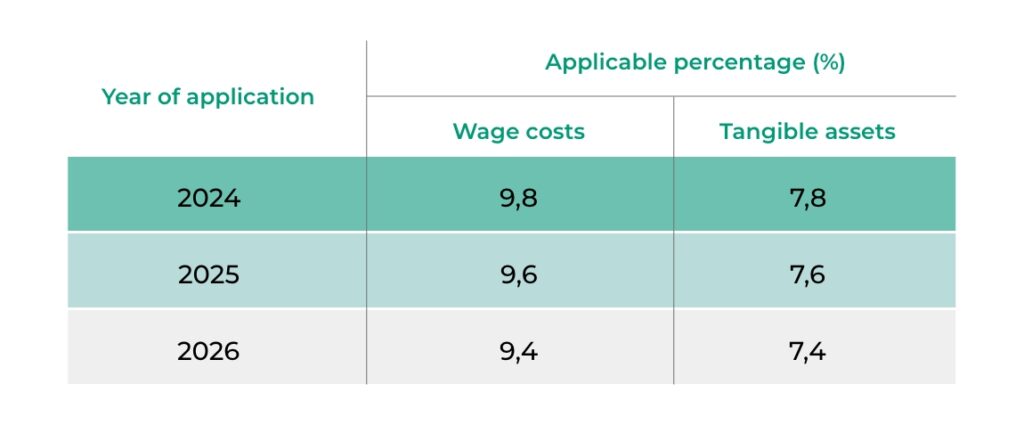For the first time, Peru has established a time restraint on the continuing recognition of a well-known trademark. The Indecopi has determined that the term within which a titleholder may invoke the rights inherent in that reputation is five years from the date of its recognition by the competent authority. When this period has elapsed, it will be necessary to submit the requisite proof demonstrating that the trademark continues to enjoy its reputation in the market
A well-known mark is one which is widely disseminated and recognized by the consumer public in a specific sector, in response to its particular qualities when compared to the competition. Some examples of this are Coca-Cola or Sony.
This recognition is granted by the competent authorities and implies increased protection in terms of intellectual property rights, and as a result, well-known trademarks are deemed exceptions to the following trademark principles:
- Principle of trademark registration: although as a general rule the exclusive right to use a trademark is acquired through its registration, in the case of well-known marks, their protection is not based on their registration but on the simple fact of their reputation.
- Principle of territoriality: well-known trademarks are protected beyond the boundaries of the country where they are registered or being used.
- Principle of specialty: the protection of a well-known mark is extended against goods or services that are not economically linked to those that they cover.
In the case of Peru, the National Institute for the Defense of Competition and Protection of Intellectual Property (Indecopi) is the authority responsible for ensuring intellectual property rights.
As Peru is a member state of the Andean Community (CAN), its intellectual property regulations are governed by Decision 486 of the Common Industrial Property Regime and according to the preliminary rulings handed down by the Court of Justice of the CAN (CJAC). In this way, both regulations and the community case law establish criteria that must take into account national authorities in order to recognize that a trademark is well-known, for example:
- The level of knowledge of the trademark in the pertinent business sector.
- Duration and territorial extension of the use and promotion of the sign.
- Sales and income of the trademark holder.
- Book value of the trademark as a business asset.
- Seniority of the trademark registration in Peru or abroad.
Duration of the time period for which a trademark is deemed to be well known
Recognition of a well-known sign over time is not unlimited (See Preliminary Ruling no. 123-IP-2021 of December 7, 2021). The CJAC has indicated that the reputation of a trademark is dynamic, and therefore the well-known status of a mark may vary over time, and as a result, a trademark may lose its well-known status if its owner fails to take action to preserve that recognition, namely, proof of the quality of the goods and/or services, dissemination and advertising, etc. For this purpose, the holder of a well-known trademark should not only attest to any possible administrative or judicial act that confirms this reputation, but they must also demonstrate “that the circumstances that led to its recognition as such shall have persisted over time” (resolution No. 330-2024/TPI of March 20, 2024).
Previously, neither Decision 486 nor Indecopi case law had established a specific duration for that recognition, after which period it determined that it would be necessary for the owner of a well-known trademark to demonstrate that the trademark continued to enjoy its reputation and, as such, could therefore remain qualified to exercise the rights arising from that recognition.
That said, in March 2024, the Intellectual Property Chamber of the Indecopi Court handed down a decision on a claim for infringement of trademark rights filed by Nike against a Peruvian company that exported clothing goods, on grounds of unauthorized use of its well-known trademarks (. The Court established a new precedent that would become obligatory, in which it laid down that the term for the owner of a well-known trademark to invoke the rights deriving from that reputation – without any need to have maintained that reputation over time – was five years from the date of recognition by the competent authority. When this period has elapsed, the owner must submit the requisite proof demonstrating that their trademark continues to enjoy a reputation in the market.

In order to determine the period indicated, the Court has considered the reality of the market and the criteria stipulated by community regulations. As a result, for the first time in Peru, the Indecopi has established a time limit for a well-known mark to be recognized as such.
Garrigues Intellectual Property Department






